COMMON GROUND TENDED BY A NATIVE SON
We’re all in this together. Get to know one of our – and your – key partners in forging a better path forward for our Golden State.
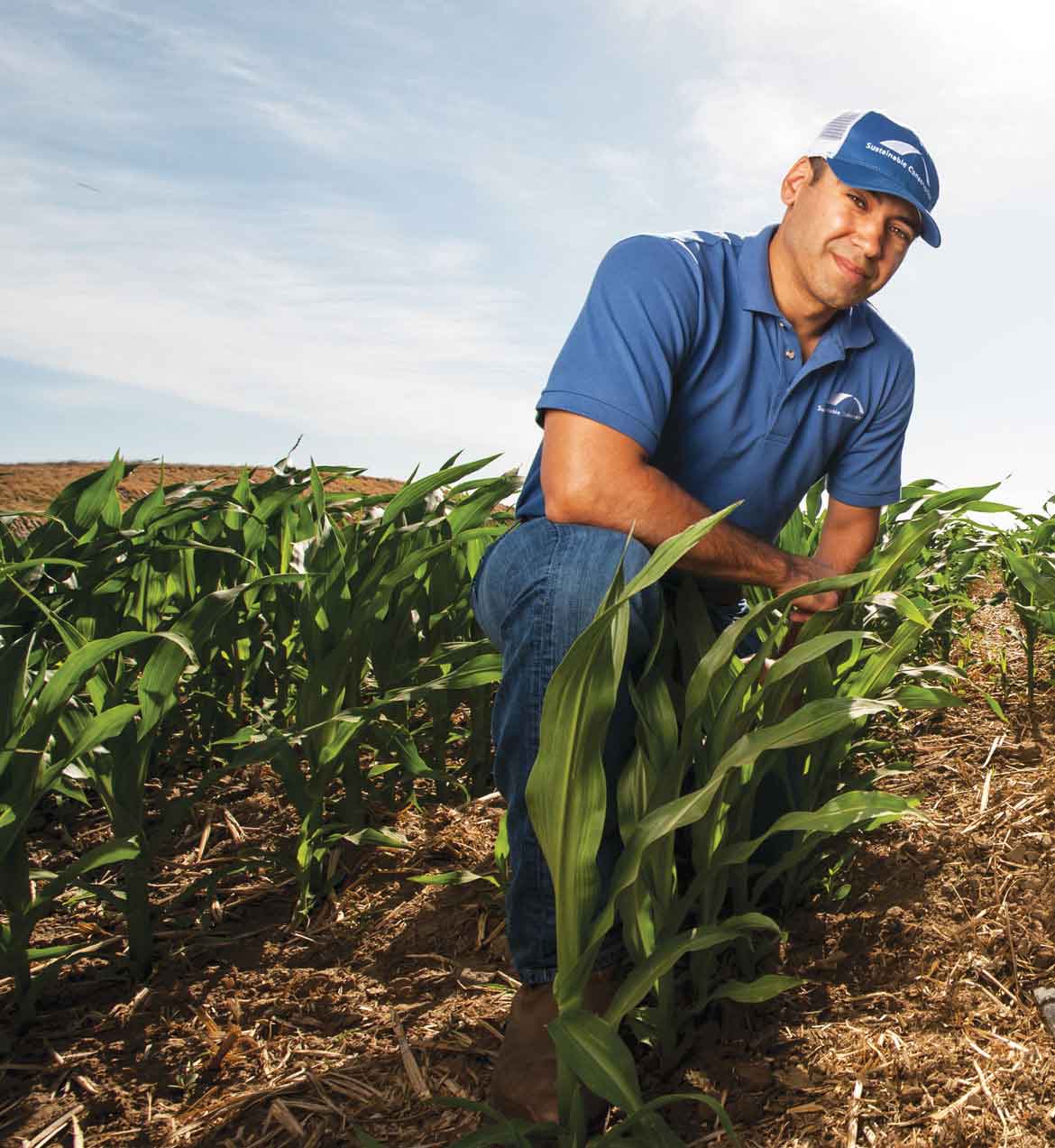
Meet John Cardoza. A Sustainable Conservation Project Manager in our Modesto office, John’s collaborative spirit and field knowledge as part of a fourth-generation farming family help craft environmental solutions that make economic sense for California farmers to adopt.
John leads Sustainable Conservation’s pilot project to both save water and protect groundwater from nitrate contamination by employing dairy waste as fertilizer in a drip irrigation system. (For additional background on this exciting effort, check out the “Nutrients” story in our 2015 Impact Report.)
80 years ago, California’s Central Valley looked very different: fewer people, greater expanses of farmland, more water. Those many decades ago, in 1936, John’s great-grandfather, Antonio Cardoza, purchased the original Manteca parcel from which Cardoza Family Farm would grow. A long way and huge leap of faith from Portugal’s Azorean archipelago, California offered a golden opportunity for the Cardoza clan. Rich in soil and work ethic, Antonio built not only a legacy for his own family, but for many other families who were also able to emigrate from the Azores thanks to jobs with the Cardozas awaiting them in the U.S.
Folks never forgot that generosity, and John was born into a community that values and continues to deepen those early connections. Growing up on a ranch, John’s natural playground spanned cropland and the shady banks and fishing waters of the San Joaquin River. Early on, John watched his family’s fields and the Valley’s natural landscapes work alongside one another. He noted the importance of caring for the land, air, and water on which local farming and communities depend. Paying attention to that nexus spurred his interest to help California farmers steward natural resources while growing our food.
Many of these farmers have followed in the footsteps of generations before them. They want to continue feeding the nation while building a secure future for their children and grandchildren – and great-grandchildren. But balancing environmental concerns with an increasing squeeze on profits can be tough.
Nearly six years ago, John joined Sustainable Conservation to help solve that quandary. Following a full-time stint on the family farm after graduating from Cal Poly (San Luis Obispo), John was looking for an alternative career path – one that could help keep California agriculture as a whole viable by integrating on-farm environmental solutions. “When I found Sustainable Conservation, I found where I fit in,” says John.
What are some of your favorite parts of growing up and living in the Valley?
Spending a lot of time out in the wide open as a kid made a big impact on me. On the ranch, we’re lucky enough to have the San Joaquin River in our back yard, and we have a spot set up on one of the banks with picnic tables and lights strung between the trees. Instead of going out on the weekends, a lot of times we meet there – round up family and friends for reunions, camping, fishing.
What inspires you about your work with Sustainable Conservation?
At the end of the day, it’s all about relationships. Bringing people together to try on-farm solutions that promote clean air and water keeps me going. Growing up on a farm, I had a clear view of the connection between the agricultural world and the environmental world – how farmers can play an important role in building healthy communities throughout California. Locating common goals, building relationships, and making progress together – that’s what matters to me.
One of your current projects involves some folks with whom you’ve partnered on other efforts. What has your continued collaboration with De Jager Farms and Nate Ray meant to you and our environmental goals at large?
The De Jagers and Nate are well-regarded as industry leaders – so if they’re trying something out, their neighbors are going to take notice. It’s been great to partner with Nate because he’s a natural innovator and out in front of challenges with us. And, it’s a testament to the trust we’ve been able to build with California farmers that he called us to help troubleshoot some of his water supply and quality issues.
How do you see this initiative benefiting California long-term?
The solution we’re demonstrating at De Jager Farms has it all! First, we’re reducing nitrate leaching to groundwater AND groundwater overdraft. We’re also seeing some preliminary air quality benefits in terms of nitrous oxide abatement. On the economic side, costs are going down because we’re getting better crop yields using less water, and no longer need to spend money on synthetic fertilizers.
Congratulations on securing a significant grant from the U.S. Department of Agriculture to grow this effort! What’s next?
As we continue to build up data from our test sites, the practice will become its own testimonial. In 2015, we saw a 15% increase in crop yield, 38% increase in water use efficiency, and 52% increase in nitrogen use efficiency. 2016 harvest is happening at De Jager as we speak, and I look forward to sharing those results soon. The new funding will allow us to expand our pilot to 217 acres across three farms in two counties. Down the road, we’ll work on putting the system in a box, so to speak, so everything’s dialed in and can be plug-and-play for farmers.
PARTNER SPOTLIGHT
From playing safety for the Fresno State Bulldogs to now managing the farming operations for De Jager Farms’ five dairies in Madera County, Nate Ray knows plenty about tackling challenges. To thrive as a farmer and a steward of the natural resources on which his livelihood depends, Nate needs stalwart teammates to help him solve the problems at hand – problems like dwindling groundwater and a continuous stream of cow manure that can compromise drinking water supplies if not managed properly.
He found that trusted partner in Sustainable Conservation. Nate first worked with us through our “Best Management Practices Challenge” program to promote less-intensive cultivation practices like conservation tillage that reduce air pollution, alleviate nitrate leaching to groundwater, and save farmers money. So, when seeking assistance to conserve water and cut costs by applying dairy manure water through a drip irrigation system to more efficiently nurture the crops under his care, “I knew who to call,” says Nate.
Also under Nate’s care: three children whose health and happiness mean everything to him. With Sustainable Conservation and our technical partner, Netafim USA, Nate’s bolstering his community with clean, sufficient water – ensuring the Central Valley remains a place where crops and kids alike can flourish.
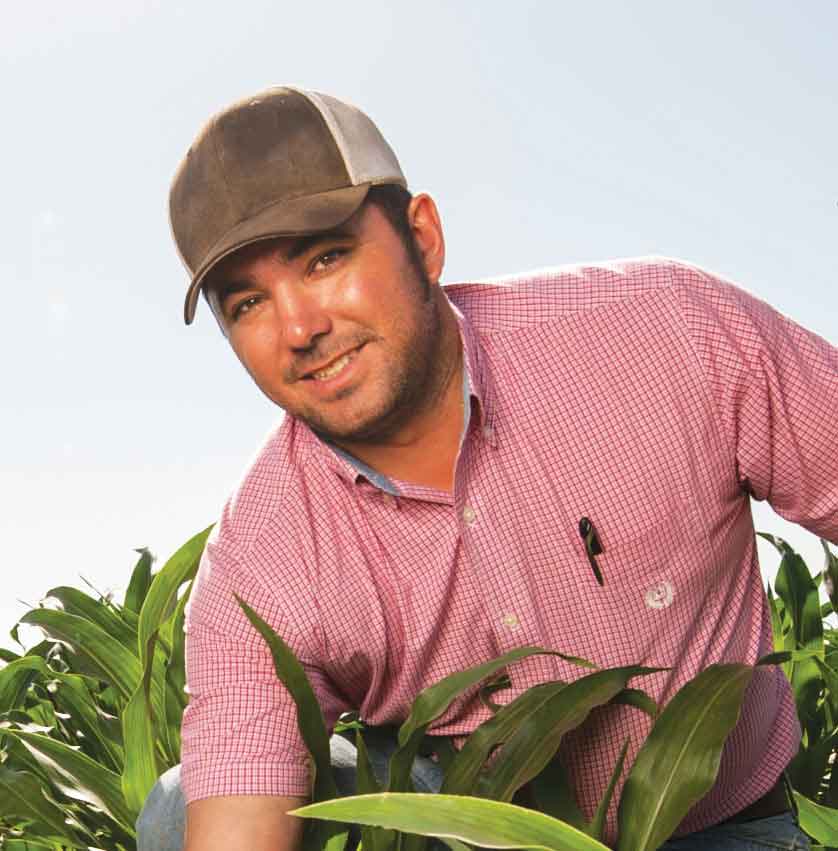
SCIENCE BRIEF
John leads Sustainable Conservation’s demonstration project, in partnership with De Jager Farms and Netafim USA, to pipe dairy manure water through a drip irrigation system – thereby addressing critical water supply and quality challenges facing our Golden State’s agricultural heart.
Drip irrigation – as opposed to flood irrigation, the current dairy industry standard for feed-crop production – not only delivers water much more precisely to growing plants, but keeps nitrates from seeping down into our subterranean aquifers. Piping in wastewater from the dairy instead of synthetic fertilizers as crop nutrients improves local water quality and saves farms money.
You see, 20% of all milk consumed in the U.S. comes from California, particularly the San Joaquin Valley. Milk production comes with its fair share of challenges, including mountains of cow manure – around 120 pounds per animal per day! – that can leach nitrates into groundwater if not managed properly.
Many of California’s rural farming communities depend solely on groundwater for their drinking, cooking, and bathing needs. High levels of nitrates in drinking water can harm human health by impacting the oxygen-carrying ability of the blood of infants and pregnant women. The adverse effects to babies under six months old are often referred to as “blue baby syndrome.”
Equipping these communities with strategies to at once protect water quality and conserve their legacy of nourishing the U.S. benefits ALL Californians.
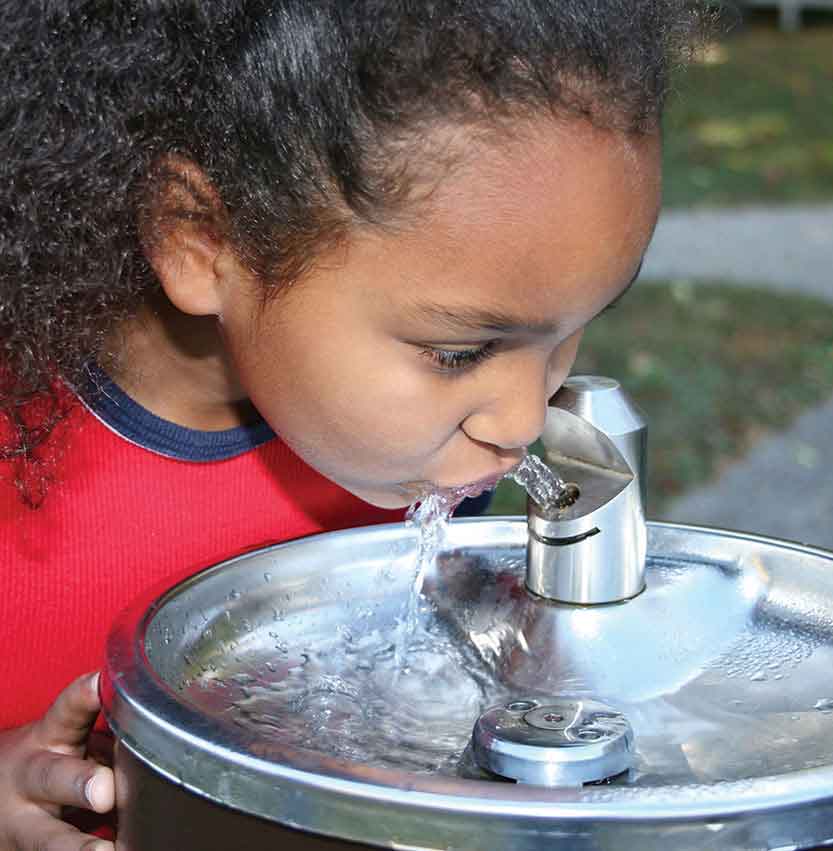
Senior Project Manager Ladi Asgill recognized for his work to help California communities breathe easier
Ladi Asgill knows the wheezing inhalations of an impending asthma attack all too well. As the father of a son who suffers from the respiratory condition, Ladi’s mission to improve air quality in our Golden State is personal. For more than a decade, Ladi has invested his agricultural expertise and unique passion in Sustainable Conservation’s efforts to clean up the air in priority farming areas of the state.
This past August, Conservation Agriculture Systems Innovation (CASI) recognized Ladi and his long-term industry partner Mike Winemiller of California Ag Solutions for their important work. CASI is comprised of University of California researchers, farmers, public agencies, and industry and environmental representatives who advance low-impact tillage practices in California.
For 10 years and counting, Ladi and Mike have grown a powerful partnership to help farmers accelerate the adoption of farming systems that, among other notable benefits, improve air quality, reduce water use, and boost soil health in California’s farm-rich Central Valley.
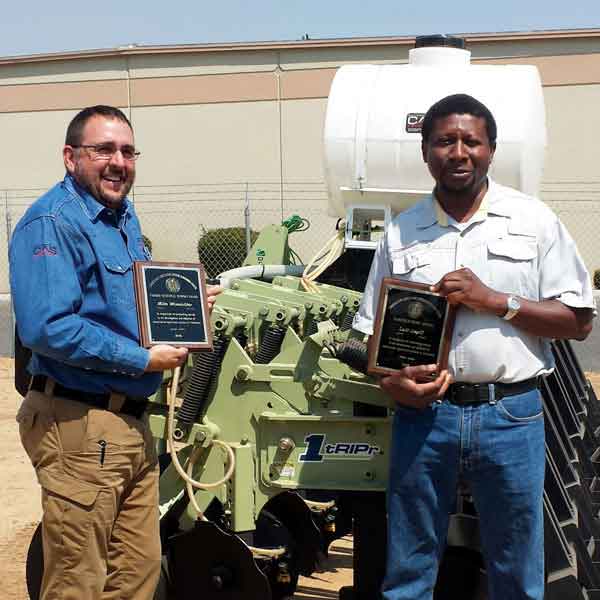
Born in Sierra Leone, Ladi has called the Valley home for over 20 years – and his local commitment to environmental change truly impacts the air all Californians breathe. With so much of U.S. food production rooted in the fertile interior of our Golden State, California’s farming communities pay a price for feeding the nation. In addition to air pollution generated by the Valley’s major transportation corridor and trapped by mountains within the lowland region, conventional farming practices burn diesel and kick up vast clouds of dust. In combination, these factors elevate many Central Valley urban areas to top spots on the American Lung Association’s annual Most Polluted Cities list. As a result, local residents suffer from a variety of respiratory ailments. Case in point: Fresno County, the leading farming region in the nation, has the country’s highest asthma mortality rate.
Ladi and his partners have strived to meet these challenges head on. Their tailored outreach – including an equipment rental program and technical assistance – has spurred adoption of a suite of low-impact farming practices known as conservation tillage. Conservation tillage not only helps reduce dust and diesel emissions by up to 70% and 50%, respectively, but also saves millions of dollars in fuel, labor, and maintenance costs. In the past three years alone, dozens of farmers have made the switch thanks to the field support Ladi and his team offer.
Congratulations, Ladi! We can’t wait to see what’s next. After all, the sky’s the limit.

